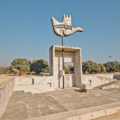Maratha Military Landscapes of India: 12 Forts Now on UNESCO World Heritage List
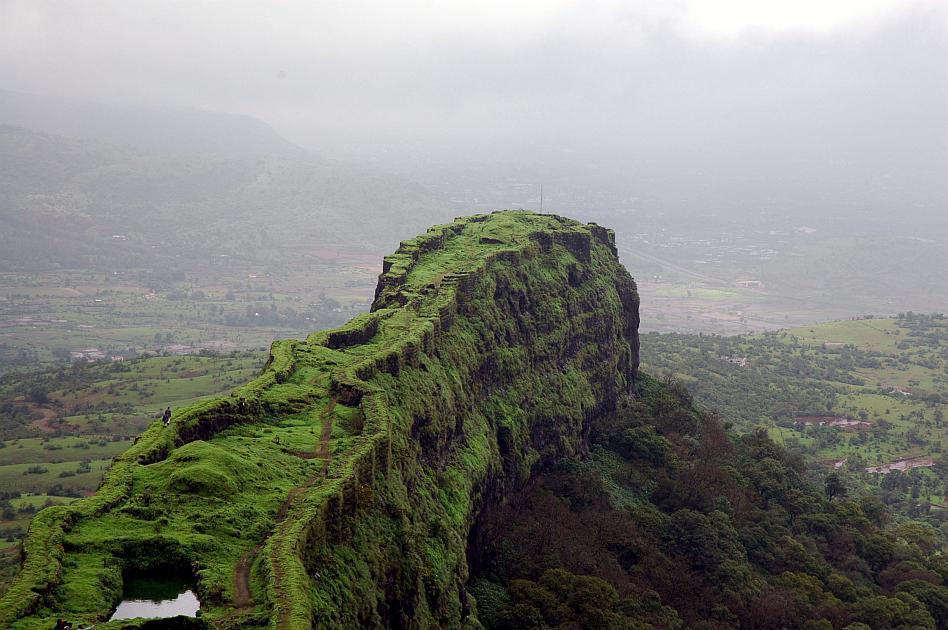
In this Blog
Introduction: A Global Milestone
On July 11, 2025, at UNESCO’s 47th Session in Paris, the Maratha Military Landscapes of India, a group of 12 forts, were formally inscribed on the World Heritage List, marking India’s 44th such site. These forts span 11 locations in Maharashtra and 1 in Tamil Nadu, collectively embodying the strategic brilliance of Chhatrapati Shivaji Maharaj.
What Are the Maratha Military Landscapes of India?
Each fort was built, adapted, or expanded under Chhatrapati Shivaji Maharaj and his successors from the late 17th to early 19th century. Together, they form an integrated military‑landscape system, harmonizing with diverse terrains across the Sahyadri range, Konkan coast, Deccan Plateau, and Eastern Ghats.
The Maratha Military Landscapes of India form a cohesive network pioneered by Chhatrapati Shivaji Maharaj—designed to operate as decentralized defensive hubs seamlessly integrated with terrain, water systems, and local governance. Each fort reflects regional adaptation—from island forts like Khanderi and Sindhudurg to hill forts such as Salher and Shivneri, forming an operational defense system rather than isolated monuments.
Why UNESCO Included These Forts
The serial nomination met UNESCO Criteria (iv) and (vi)—acknowledging the forts as outstanding examples of military‑architectural ensembles in a major historical period, and their profound links to the living traditions of Chhatrapati Shivaji Maharaj’s legacy.
Spotlight on the 12 UNESCO‑Listed Forts & Why You Should Visit Them
1. Salher Fort (Nashik, Maharashtra)
Perched at nearly 1,400 m, Salher is one of the highest forts in the Western Ghats. It was the site of the pivotal Battle of Salher (1672), a rare open‑field Maratha victory under Chhatrapati Shivaji Maharaj. Trekkers will love its panoramic views and rugged climbs.
Where to Stay
Luna Villa
A cosy riverside villa by Waldevi Dam, perfect for unwinding after trekking Salher fort

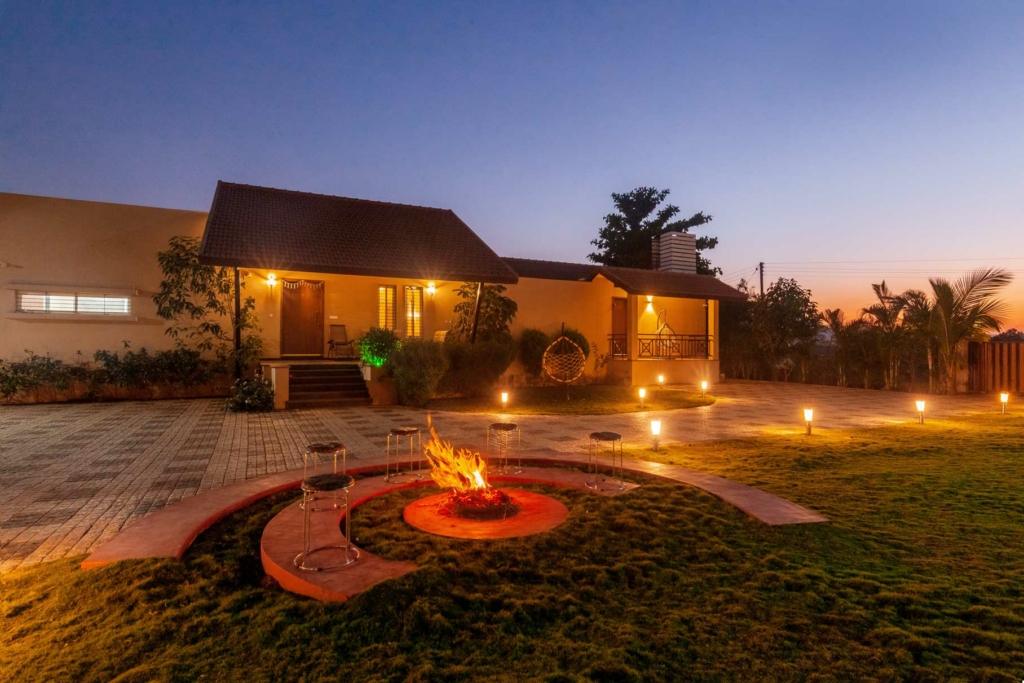
Villa Cobblestone
A peaceful Nashik villa with rustic charm and modern comforts ideal after exploring nearby forts.
Le Bon Horizon
A scenic StayVista bungalow in Nashik, offering tranquil valley views post-visit to Salher
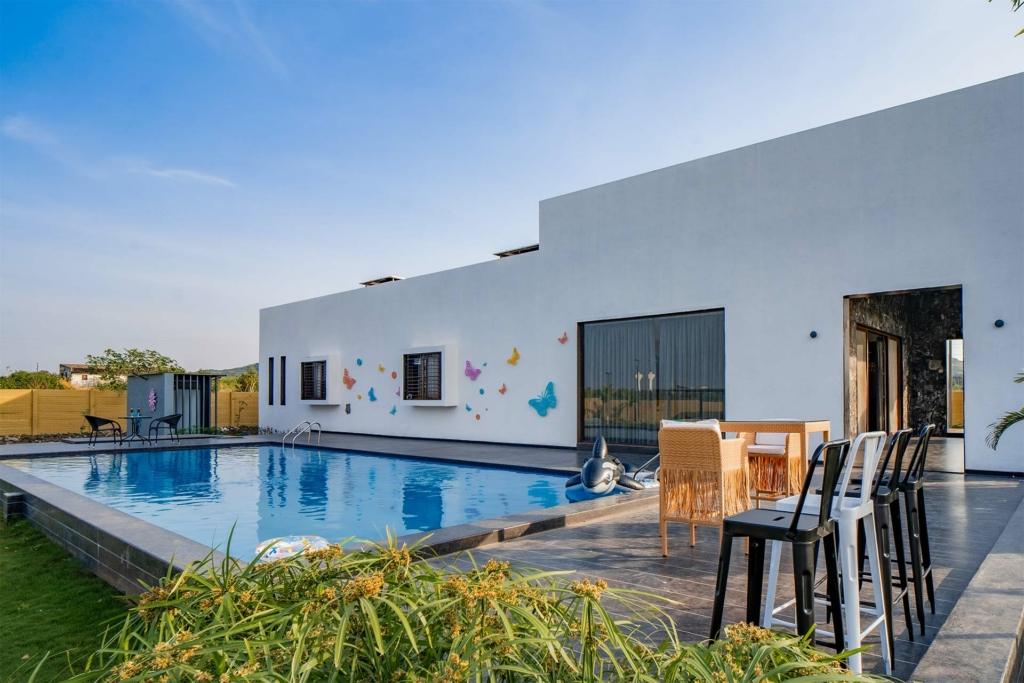
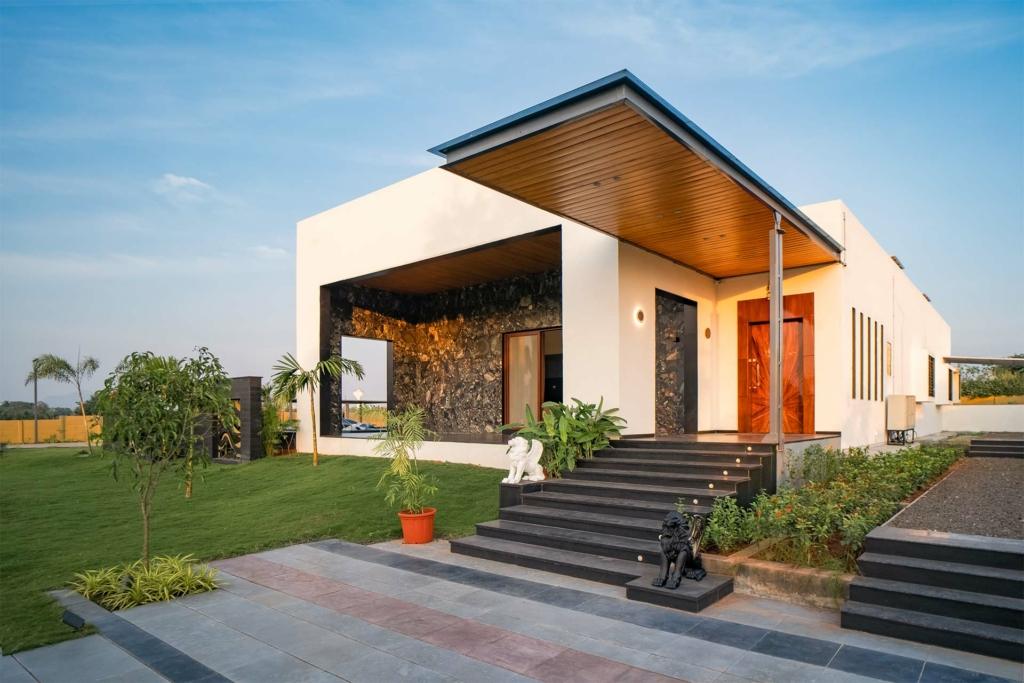
2. Shivneri Fort (Pune)

Birthplace of Chhatrapati Shivaji Maharaj, Shivneri features seven successive gates, water‑storage systems, a temple dedicated to Shivai Devi, and formidable defenses. It shaped the early years of the Maratha king and is considered sacred in the Maratha culture.
Where to Stay
Chimney Cottage
Nestled in lush Panchgani greenery, this cosy cottage is a serene base for visiting Shivneri or Rajgad.

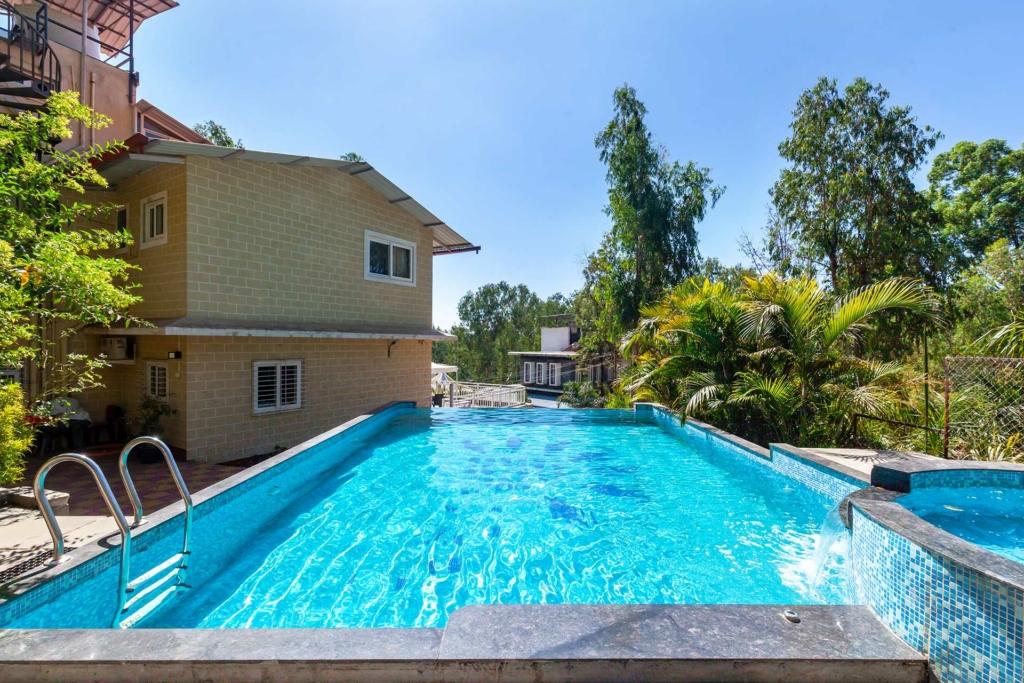
MountainsEdge
A stylish hillside villa offering panoramic views, ideal for guests exploring Shivneri and Rajgad forts.
Status Villa
A luxurious heritage villa near Pune, offering comfort and lush valley views.
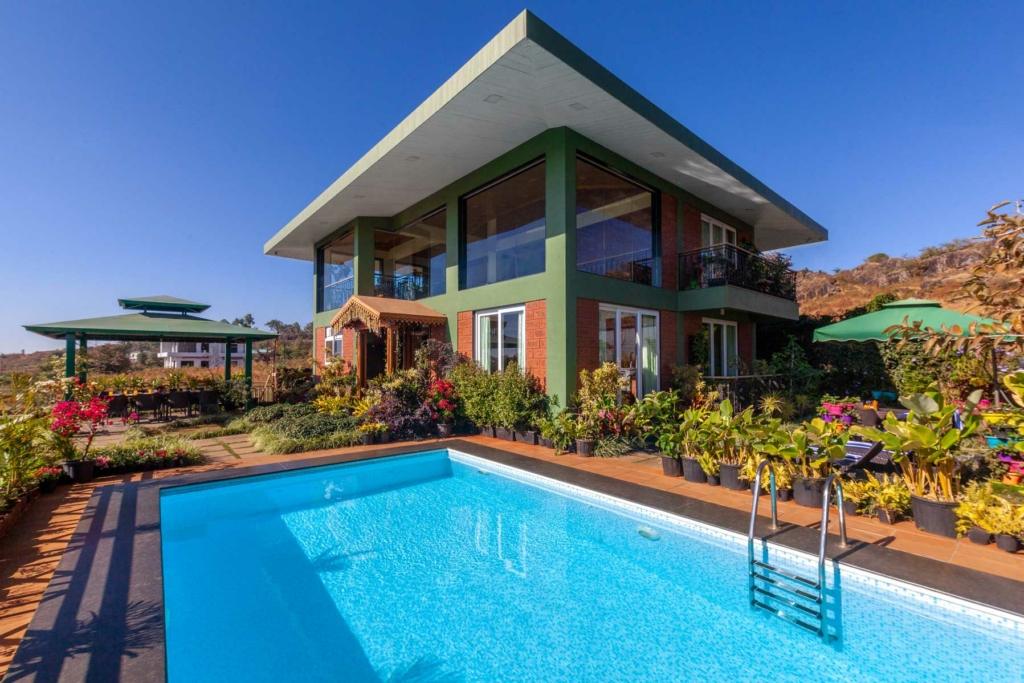
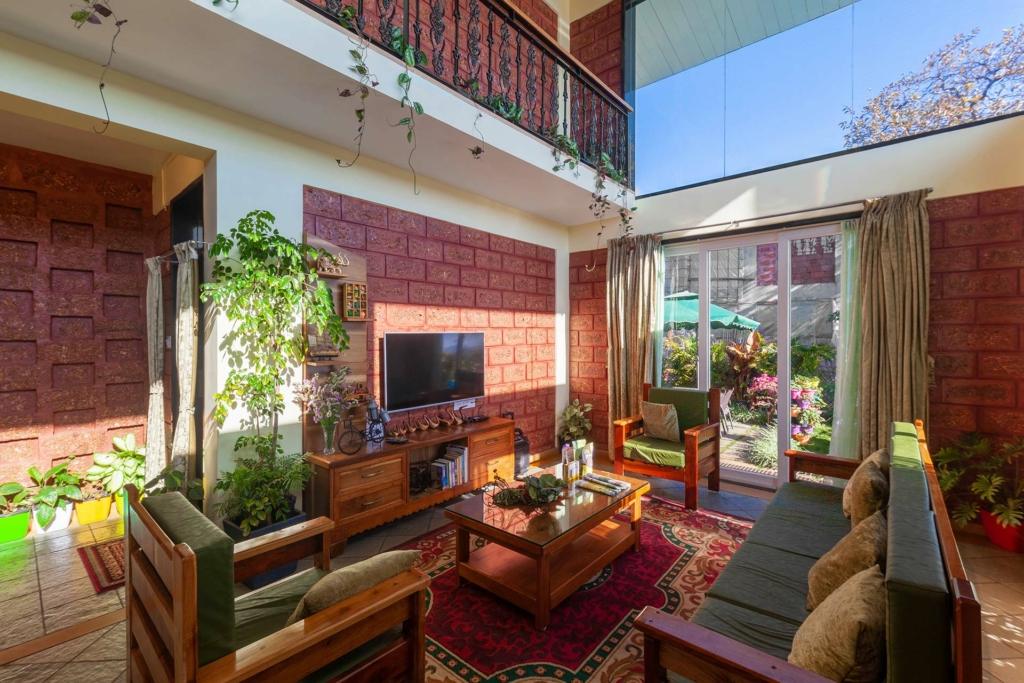
3. Lohagad Fort (Lonavala)
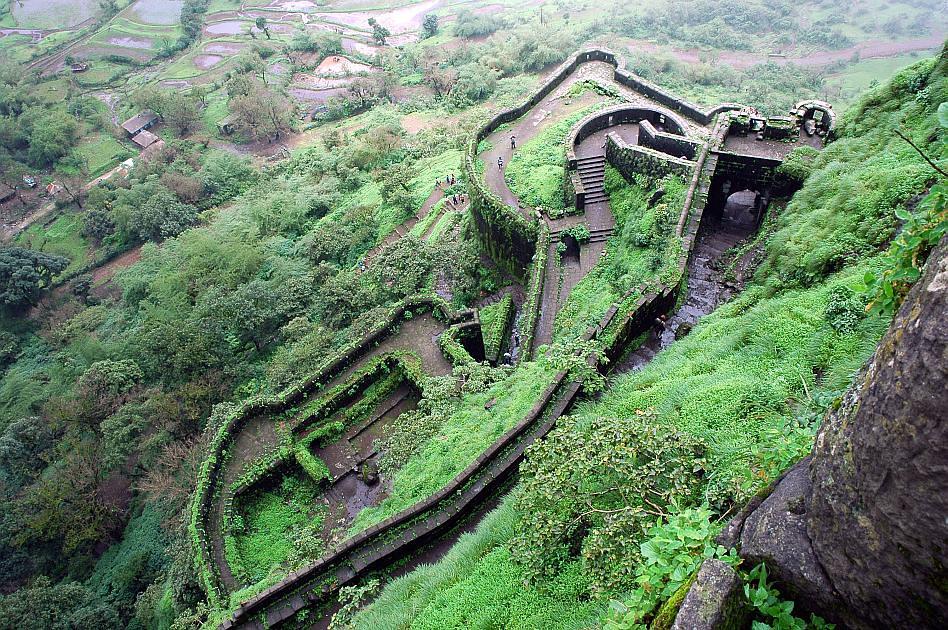
Near Lonavala, Lohagad’s distinctive “Vinchu Kata” (scorpion‑tail) rampart, reservoirs, and easy trekking trails make it accessible yet historically rich. Captured by Chhatrapati Shivaji Maharaj in 1648, it played a key role in Maratha logistics
Where to Stay
La Palm
A serene 8 BHK estate spread over 3 acres of lush greenery and organic farms with a private pool and panoramic hill views—ideal for unwinding after trekking Lohagad.
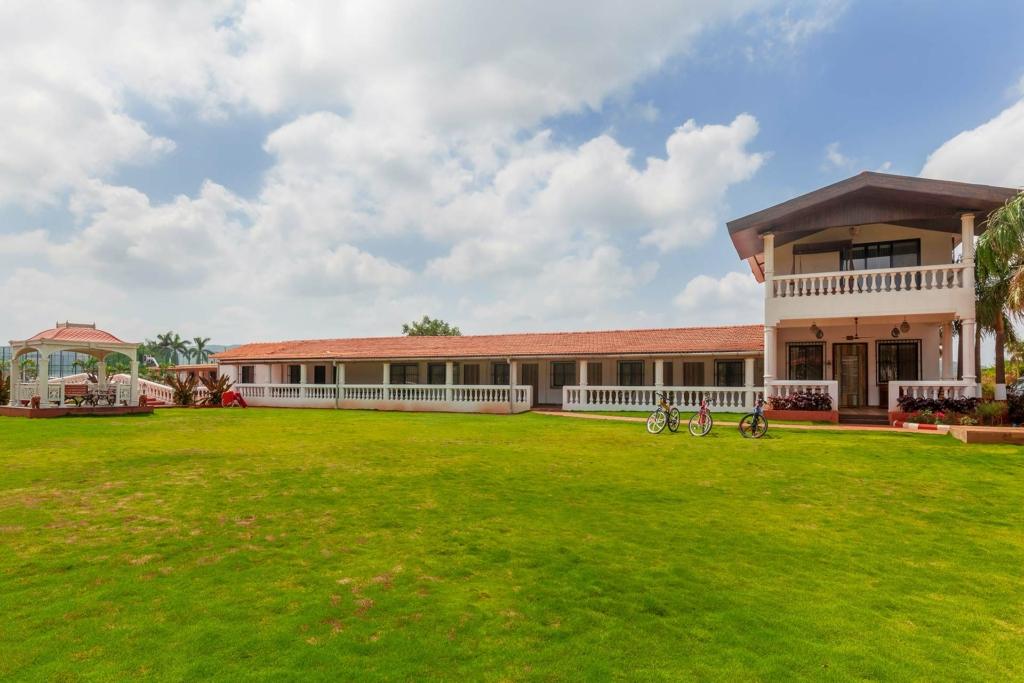
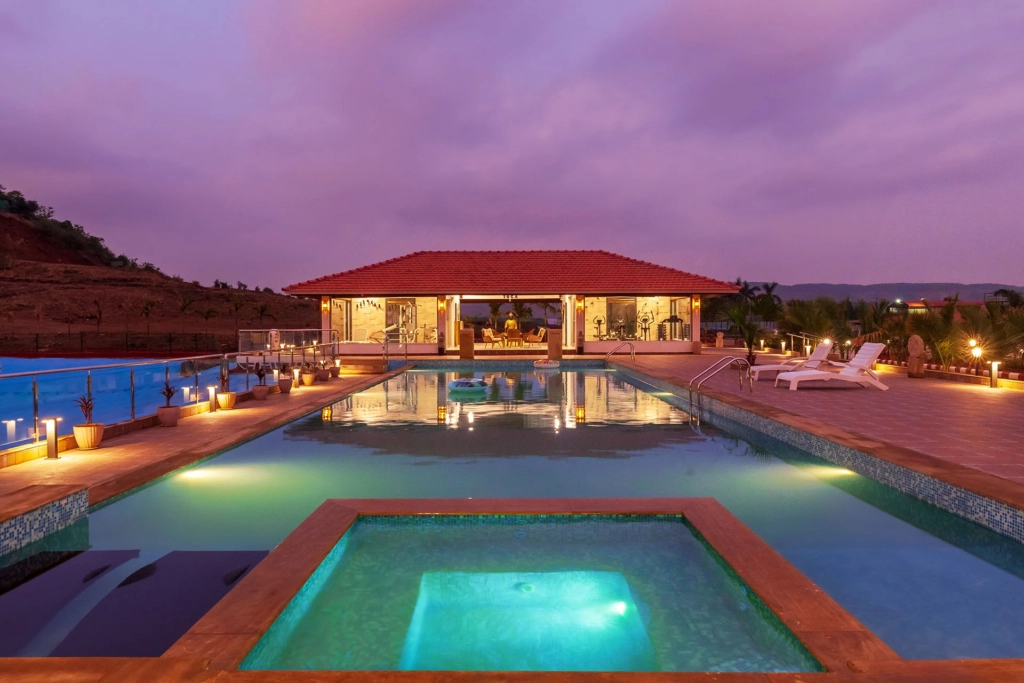
El Cottage
A quaint 3 BHK pool villa atop Lonavala hills featuring eclectic interiors, a pentagon-shaped plunge pool, and dining counter, perfect for relaxing post-Lohagad hike
Sicily
A majestic 7 BHK villa in Lonavala with sumptuous interiors and luxury space, brimming with style and tranquility after exploring Lohagad
Amalfi
A grand 6 BHK villa praised as one of Lonavala’s top retreats, perfect for large groups with elegant finishes and leisure amenities.
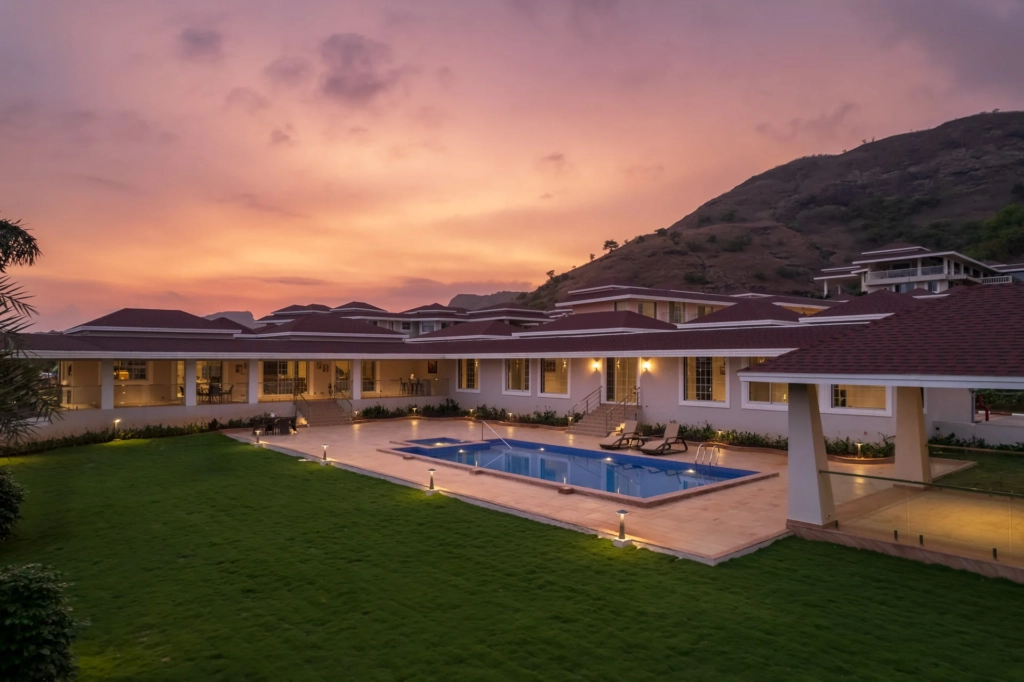

4. Khanderi Fort (Raigad)
An island fort commanding access to Mumbai harbor, Chhatrapati Shivaji Maharaj established this naval post (1669) to curb European and Siddi influence. A lighthouse, cannons, and sea views make it a maritime heritage favorite.
Where to Stay
Fairfield Villa
A spacious 4 BHK villa with a private covered terrace, game room, and stunning surroundings, ideal for fort visitors seeking comfort and elegance.
Moonlit Hills
A cosy 4 BHK villa with inviting patios, beautiful exteriors, and private pool, designed for restful stays after hiking local forts
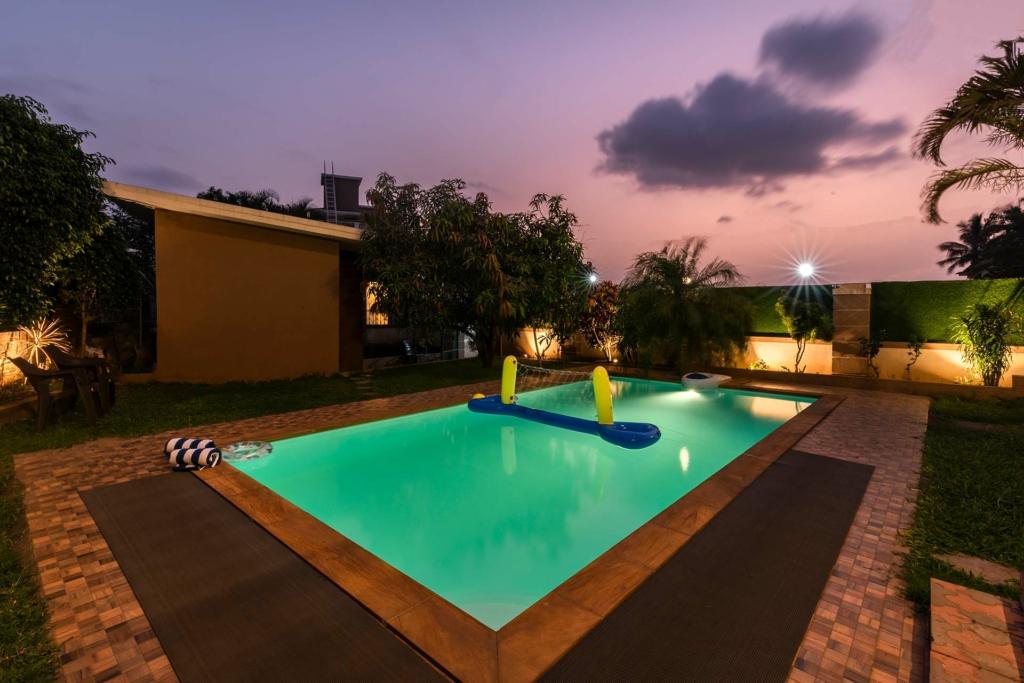
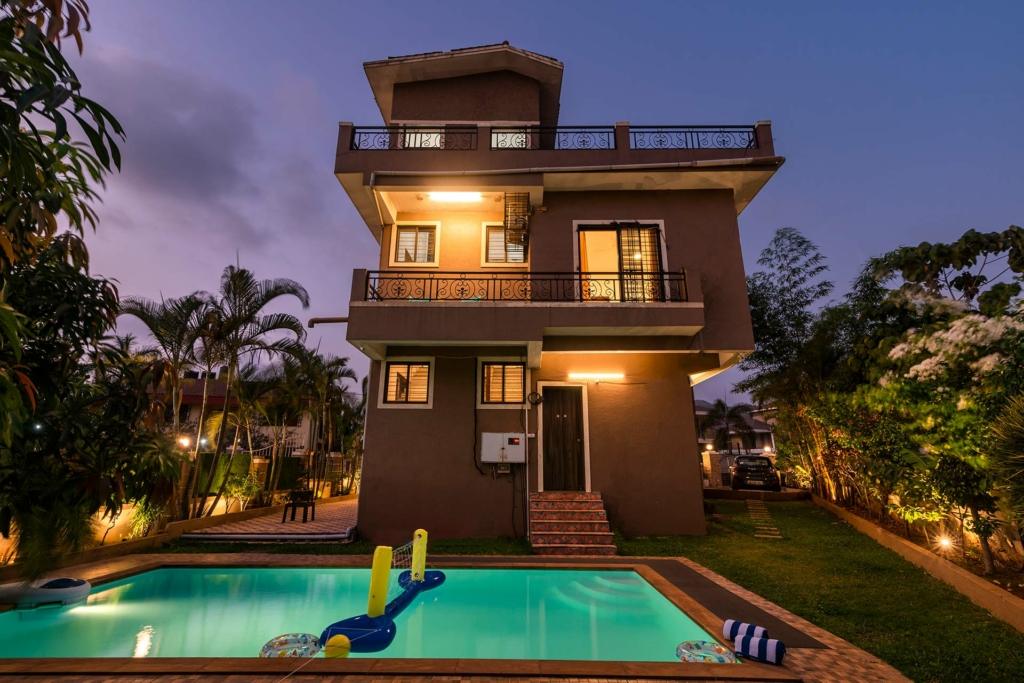
5. Raigad Fort (Raigad)

The coronation site of Chhatrapati Shivaji Maharaj (1674), Raigad was his chosen capital. Located 820 m above sea level, its ruins include his palace, granaries, queen’s quarters, and samādhi. A ropeway offers accessible ascent.
Where to Stay
Corfu & Crete
An elegant twin‑villa estate with private pool, sprawling lawns, and pet‑friendly modern amenities—an idyllic, lush getaway close to Raigad Fort
Vine & Splash
A stylish 9 BHK villa adorned with verdant vines, modern interiors, and a private pool, ideal for large groups touring Raigad, offering both space and serenity.

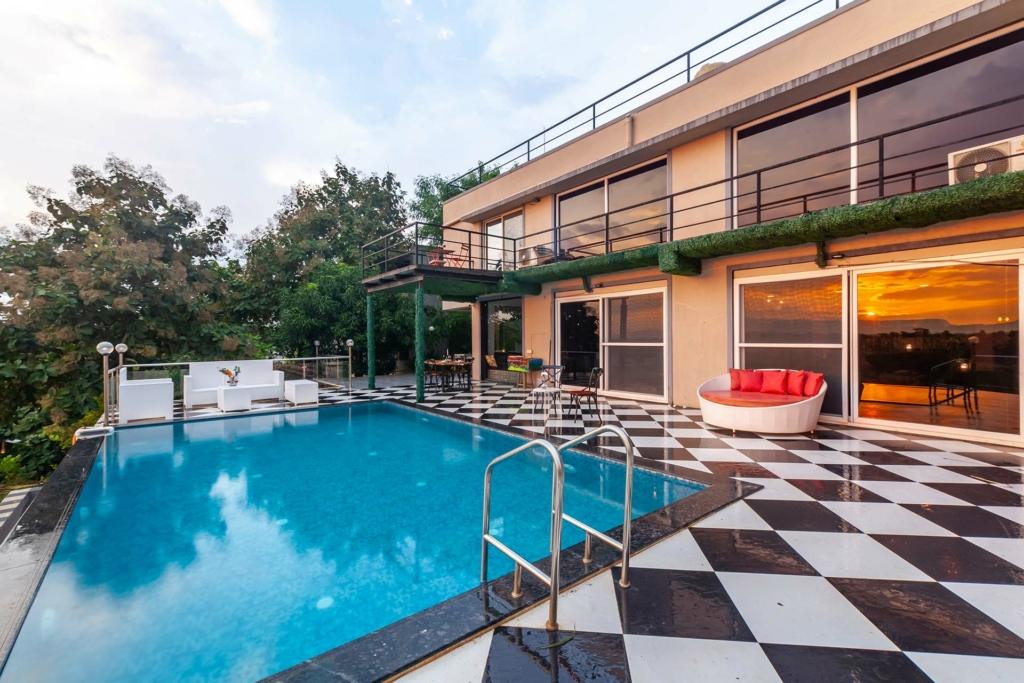
Twilight Grove
A chic 4 BHK hillside villa offering luxuriant interiors that spill into landscaped outdoor spaces and a private pool, perfect for rejuvenation after visiting Raigad.
6. Rajgad Fort (Pune)
Chhatrapati Shivaji Maharaj’s capital for over two decades before Raigad, Rajgad splits into three machis: Suvela, Padmavati, and Sanjeevani. It offers sweeping views and strong defensive design.
7. Pratapgad Fort (Satara)
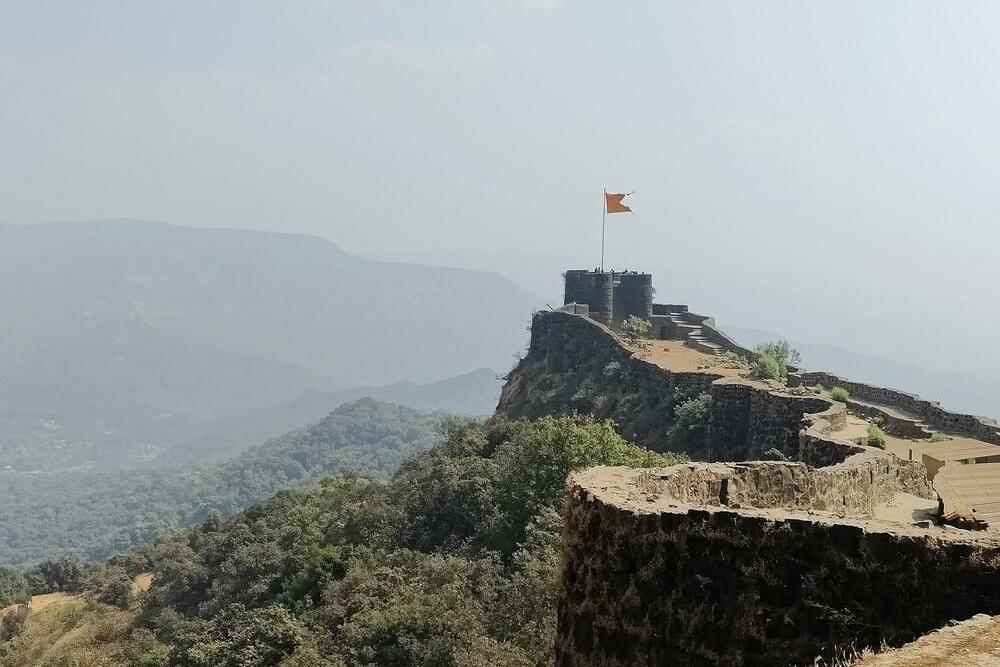
Site of the legendary 1659 encounter between Chhatrapati Shivaji Maharaj and Afzal Khan. Tucked in forested hills, the fort includes Bhavani Temple and a modern statue of the king—a living symbol of Maratha courage.
8. Suvarnadurg Fort (Ratnagiri)
An island fort off Ratnagiri coast, Suvarnadurg was reinforced by Chhatrapati Shivaji Maharaj as a naval base. It once had naval shipyards and watchtowers; today it offers exploration of marine‑fort architecture.
9. Panhala Fort (Kolhapur)
A huge plateau fort where Chhatrapati Shivaji Maharaj sought refuge and governance. Featuring Ambarkhana granary and Andhar Bavadi (hidden well‑ladder), it also echoes tales of his adolescent escape under siege.
10. Vijaydurg Fort (Sindhudurg)
Known as the “Eastern Gibraltar,” Vijaydurg was originally built by earlier rulers and fortified by Chhatrapati Shivaji Maharaj. Its three-layer walls and underwater defense system are remarkable features offering guided tours.
11. Sindhudurg Fort (Sindhudurg)
Built in between 1664–67, this island fort guarded Konkan trade. Completed with help from Portuguese engineers under Hiroji Indulkar, it contains a temple dedicated to Chhatrapati Shivaji Maharaj.
12. Gingee Fort (Villupuram, Tamil Nadu)
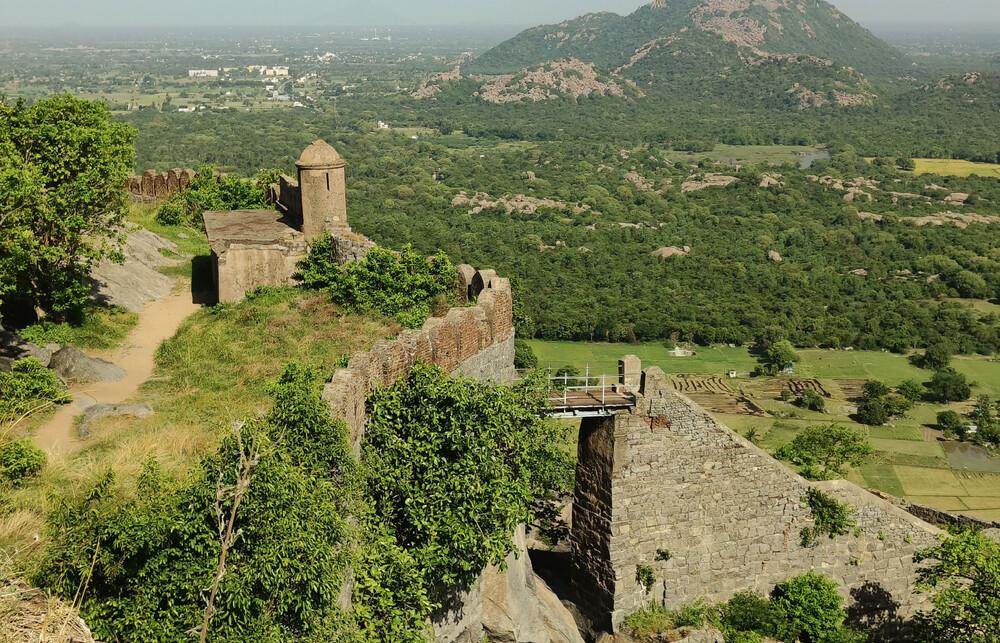
The only southern site, Gingee was fortified by Chhatrapati Shivaji Maharaj’s son Rajaram and praised by Shivaji Maharaj as one of India’s most impregnable citadels. Known as the “Troy of the East,” it features triple citadels, granaries, and rugged granite ramparts.
Shivteerth Yatra: Heritage Pilgrimage in the Making
The Sahyadri Giribhraman Sanstha has proposed a Shivteerth Yatra, inspired by the Jyotirlinga pilgrimage, connecting the 12 UNESCO‑inscribed forts starting from Shivneri Fort, the birthplace of Chhatrapati Shivaji Maharaj. The yatra would operate via specially designed MSRTC buses, and the Junnar bus depot is proposed to be revamped in heritage style. Advocates hope this organized circuit will greatly improve accessibility—especially for women and rural visitors—helping deepen understanding of these historical sites across Maharashtra and Tamil Nadu.
Tourism & Pilgrimage: Planning Your Visit
Most forts are open year‑round, though the ideal window is October to March. Monsoons (June–August) offer lush landscapes and waterfall-fed views on hill forts like Lohagad and Rajgad. Essentials to bring: sturdy trekking shoes, water, possible local guide.
Suggested clusters:
- Hill circuit: Shivneri → Raigad → Rajgad
- Coastal circuit: Khanderi → Suvarnadurg → Sindhudurg → Vijaydurg
- Plateau/Forest circuit: Pratapgad → Panhala → Salher
Legacy, Landscape & Living Heritage
These Maratha Military Landscapes of India- 12 UNESCO‑listed forts, shaped under the visionary leadership of Chhatrapati Shivaji Maharaj, represent far more than architectural grandeur, they embody self‑rule, ecological wisdom, and guerrilla strategy rooted in landscape. The planned Shivteerth Yatra promises to bring this heritage alive for modern pilgrims and tourists alike.
Visiting them is not just a trip, it’s a journey through the strategic spirit of Swarajya, etched in rock and resonating across centuries.
Banner Image Credit: vivek Joshi via Flickr





